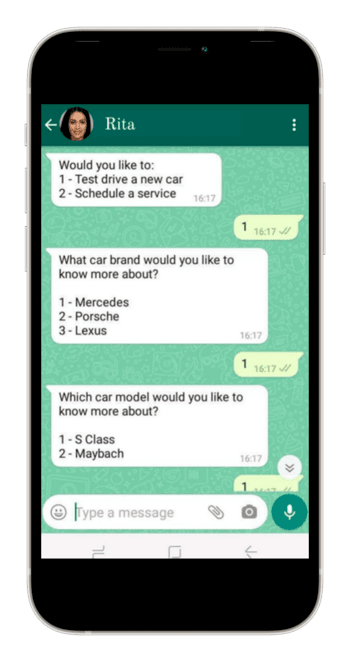

An open letter to people in Sales and Customer Support – I come not to bury Live Chat, but to praise it.
R.I.P. Live Chat (1973-2017)
Eulogy: The very first online chat service available was known as Talkomatic, which was created by Doug Brown and David R. Woolley in 1973 at the University of Illinois.
However, it was only in 2014 that Brown and Woolley actually released a web-based version. Since then, chat has experienced a meteoric rise, aided by newer technological advancements such as web apps, email chat integration, IM systems, video conferencing, mobile messenger apps and AI chatbots.
Sadly enough, it was a technological advancement called click to call that killed live chat at the height of its glory. Why click to exchange text messages and struggle through all manner of delays and hitches? You can simply click to talk to the person behind the business.
(This is the first in a series of posts that will be published on this topic. In this post, we’ve asked the question – Is live chat dead? Stay tuned for the answers, which will be published on a daily basis.) ,/p>
Here’s the post-mortem report. Live chat is dead because:
1. If unautomated, instant replies are a huge burden.
2. If automated, it’s just a heartless bot.
3. Chat can’t deal with complex sales and leads who need a discussion with you before they buy.
4. Live chats don’t belong to anybody.
5. Chat technology is so non-millennial.
A CNBC article titled “Click to Chat or Click to Call?” states that for simple sales transactions involving lower-priced products, there is not much of a difference among the number of customers who prefer one or the other.
But when a customer makes a higher priced purchase, or if the product information seems complicated, more than 67% of consumers preferred click to ca=ll over 33% that preferred chat. This choice suggests that live chat doesn’t function as needed beyond a certain point, even though the person behind the chat or call might be the same.
Data from a Software Advice survey suggests that usage of phone vs live chat on the basis of query type varied depending on the nature of the customer service issues. For example, when it comes to shopping queries, respondents preferred using a phone over chat by 52% to 48%. But for personal queries like those relating to finance, the difference was a considerably large 74% to 27%.
So why bother with a tool that can’t keep up with your growth?